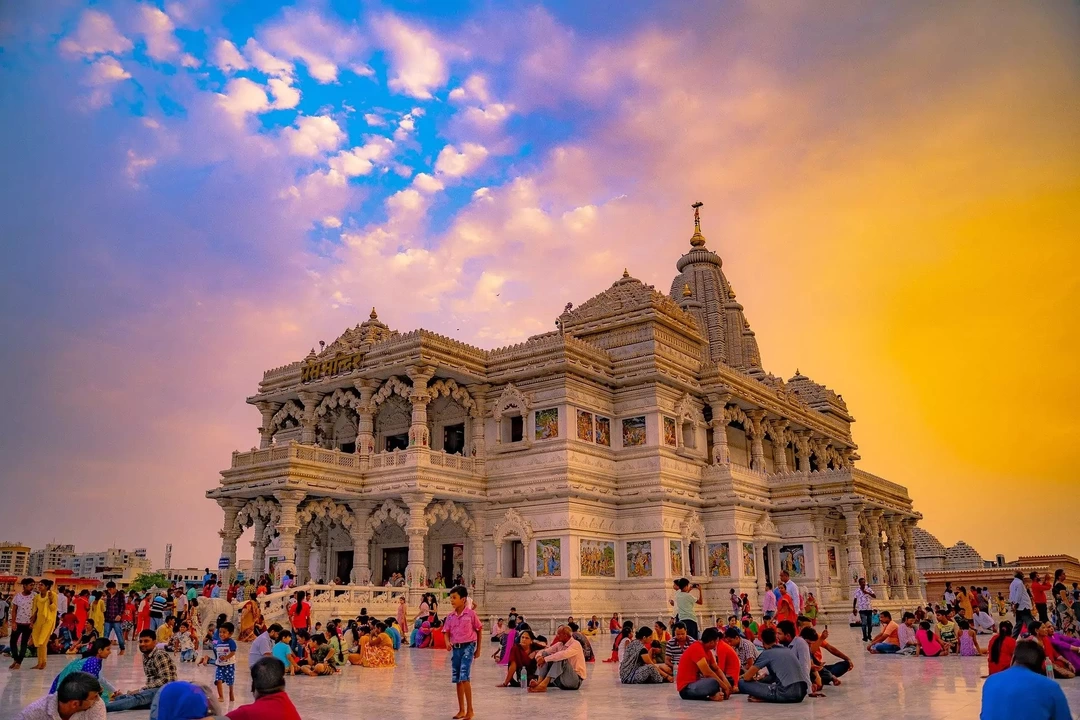
The capital of the eastern state of Odisha, Bhubaneswar has a history that stretches back to over 2000 years.
It was the ancient capital of Kalinga, and Dhauli near Bhubaneswar is the place where the famous battle was fought between Emperor Ashoka and the Kalinga army, after which Ashoka followed Buddhism.
Bhubaneshwar, the 'city of temples', named after Tribhuvaneswar, 'Lord of Three Worlds', still preserves over 500 of India's finest temples, around which the religious life of the city revolves.

So, me and my two friends decided to explore around 60 temple in one day. We started our journey from Talcher Railway Station at morning 5:30 AM and reached Bhubaneswar at 9:00 AM.
We booked a cab to Ravi Talkies Square from Bhubaneswar railway station in only 80 rupees. We eat some tiffin there and started our journey.
Our 1st destination was Mukteswar temple. It is a 10th-century Hindu temple dedicated to Shiva. The temple dates back to 950–975 CE and is a monument of importance in the study of the development of Hindu temples in Odisha.


3rd destination was Parshurameswara temple. It is one of the Parashurameshvara group of temples, considered to be the oldest temples in Bhubaneswar. Some historians believe Parashurameshvara Temple to have been built in the early 8th century CE.



5th destination was Kedargouri temple. The temple is surrounded by Dutiya Kedaresvara on its west at a distance of 500 meters, Kedara kunda on its east at a distance of 0.50 meters, Gouri temple on its southern at a distance of 6.00 meters and compound wall on its northern side at a distance of 20.00 metres.

7th destination was Kotitirtheswara temple. It was built in 15th century AD.


8th destination was Subarna jaleswara temple. It was built in 10th century AD by somavanshi kings.

9th destination was Sampurna jaleswara temple. It was built in 11th century AD by somavanshi kings.


11th destination was Champakeswara temple. The temple dates back to 13th century A.D. The temple has a lot of significance in the past as well as today. It was of significance during the Ganga period.It is 157 metres west of Parasuramesvara on the right side of the Kotitirthesvara lane leading to Bindu sagara. It is a laterite temple. Local people believe that the enshrined Siva lingam is patalaphuta and the precinct is the abode of nagas(champa naga) after whom the deity is named as Champakesvara. The local people also believe that the temple precinct which is a den for the snakes do not harm any body. Watching temple we forget to take pics of the temple. But we got a pic from google.

15th destination was Astasambhu temple complex. It is situated beside the Godabari pond. The temple is surrounded by Uttameswara temple, Uttarayani Temple and Bhimeswara temple. Which are our 16th, 17th and 18th destination respectively.

Our 20th and 21st destination was Vaital temple and Sisireswara temple respectively. Vaital temple dates back to 8th century AD.



Destination no 22 was Bharati matha. The temple is a Hindu monastery with three stories which was built in the 11th century AD. It is currently used for living Matha purposes and earlier it was used as a Hindu pilgrimage centre.

23rd destination was Yameswara temple. We took rest of 10 mins in this temple. It was built in 10th century AD.




25th destination was Papanasini temple. It is beside the world famous Lingaraj temple. It is 11th century temple.

27th destination was Langaleswara temple. It was built by somavansi in 10th century AD.
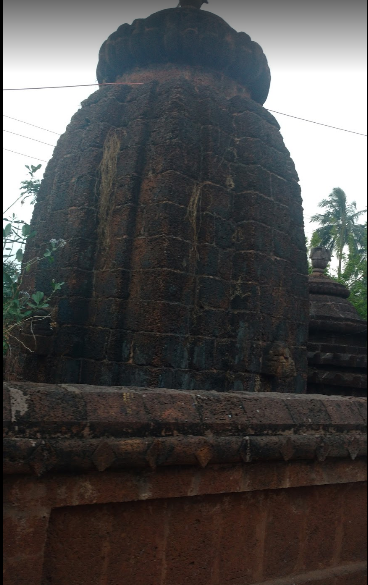
28th destination was Aisaneswara temple. Which is not in use now. It was built in 11th century.

29th destination was Maa Dakhina Chandi temple. It was a ancient shrine temple.

30th destination was Byomakeswara temple. It is located in front of the Lingaraj Temple across the road in the left side of the eastern gateway at a distance of 10.00 m. The temple faces towards the west. It is a living temple and the enshrined deity is a Siva lingam with a circular yonipitha at the centre of the sanctum. At present the sanctum is 1.50 m below the present road level. It is a recently recovered temple that had been buried. It was built in 10th century.

31st destination was Lingaraj temple. It is a Hindu temple dedicated to Harihara, another name for Lord Siva is the biggest of all at Bhubaneswar is located within a spacious compound wall of laterite measuring 520 feet by 465 feet. The wall is 7 feet 6 inches thick and surmounted by a plain slant coping. Alongside the inner face of the boundary wall there runs a terrace probably meant to protect the compound wall against outside aggression.


32nd and 33rd destinations are Ekamreswara and Sureswara mahadev respectively. These temples situated oposite to each other in two sides of road leading from lingaraj temple to garage chouk .
35th destination was Chitrakarini temple. It was built in 10th century. Goddess chamunda worshiped in this temple.

36th destination was Sukasari temple. It was built in 10th century. This temple is now closed.

37th destination was Sari temple.It situated right beside the sukasari temple. It was built in 10th century AD.

38th destination was Mohini temple. Chamunda goddess worshiped in this temple. This temple dates back to 9th century AD.

40th destination was Markandeswar temple. This temple belongs to 10th century AD.
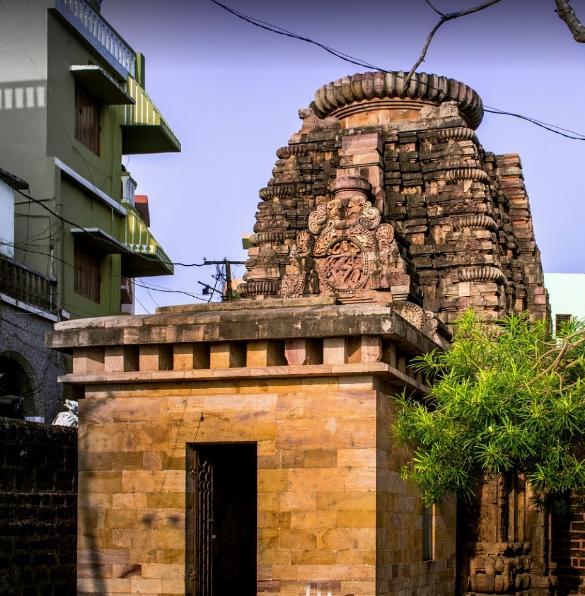
41st destination was Akhadachandi temple.The temple is surrounded by Bindusagar tank in the east at a distance of 6.40 metres, Markandeya temple in the west and private residential buildings in the southern side. The temple faces south and the presiding deity faces east. This temple belongs to 10th century.

42nd destination was Dakarabivisaneswar temple. The sub-shrine, Dakara Bibhisaneswar Temple which exists since the construction of Lingaraj Temple in the 11th century, is located closed to the famous Shiva shrine.

43rd destination was Purbeswar temple. The enshrining deity is a broken Lingam within a circular Yonipitha at the centre of the sanctum, which is 1.07 metres below the present ground level. It is a living temple and now under the care and maintenance of Purvesvara Temple Development Association of that locality. The caretaker of the temple is Dipu Panigrahi. According to local tradition, the presiding deity is known as Purvesvara as it is situated towards the east of Lingaraj.
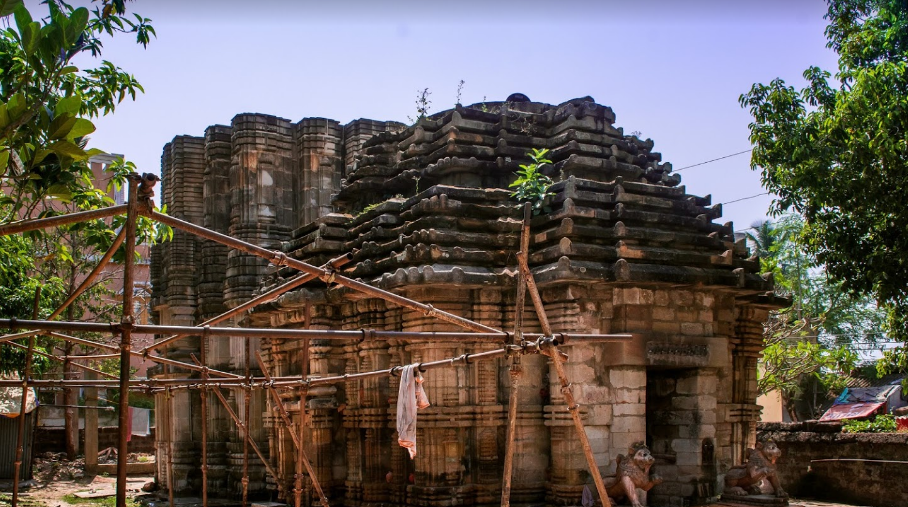
44th destination Khrakhia Baidyanath temple. Kharakhia Vaidyanatha Precinct has a big Siva lingam within a big spherical yonipitha made from stone over an elevated stand that is now preserved under a Pipal tree. It must be noted that there is no hint of superstructure on the lingam. The divinity is so named due to the fact that it is open to sky with sun rays falling incessantly over it all day (Kharakhia).

45th destination Kapileswar temple. It is located at the end of Kapilesvara road leading from Lingaraj temple to Kapilesvara Village. The temple is situated within the precinct along with 33 other monuments. The precinct is located on the northern embankment of Manikarnika tank over an area of 44.00 square metres.

46th destination was Sukhmeswar temple. It was built in 16th century AD.
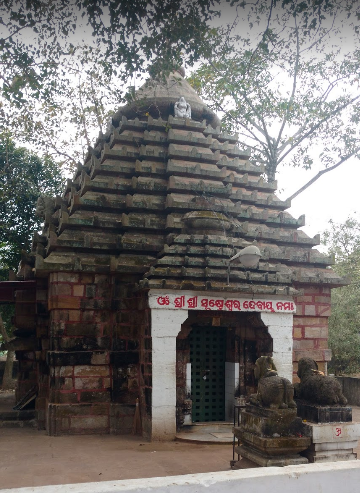
47th destination Debipadahara temple complex. Here you can find mre than 100 sivalingas in one place.


49th destination Ganga Jamuna temple. It was built in 15th century.
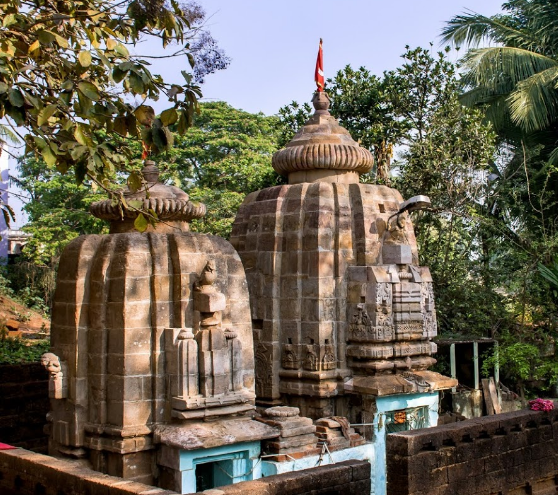
52nd destination was Bindu sagar and Bramha temple. Bindusagar is located in the right side of the Talabazar road leading from Kedargouri Chowk to Lingaraja Temple, Old Town, Bhubaneswar.

53rd destination was Ananta Vasudev temple. A perfect dedicated temple to Lord Krishna, ananta vasudeva temple is situated in Bhubaneshwar, in India. It was constructed in 13th century, which was built by Queen Chandrika.


Then we get back to Ravi Talkies Squre and booked a Ola cab towards Megheswar temple. It was our 54th destination. The Megheswar Temple is a 12th-century Hindu temple dedicated to the God Shiva.[1] The temple is a living temple located in Tankapani Road area of Bhubaneswar city in India.

55th destination was Bhaskareswar temple. Here we can see a nine feet siva lingam. It was built by gangas in 12th century CE.

Our 56th destination was Bramheswar temple. It is a Hindu temple dedicated to Shiva located in Bhubaneswar, Odisha, erected at the end of the 9th century CE, is richly carved inside and out.

Our 57th destination was Rajarani temple. It is an 11th-century Hindu temple. The Department of Tourism of the Government of Odisha organises a Rajarani music festival at the temple every year from January 18 to 20.
We took 30 min rest in the garden of this temple clicked some awesome pics. The ticket price to enter this temple is Rs.15.





Our 58th destination was Nageswar temple. It is situated on the western right bank of the Lingaraja West Canal. Local residents believe the temple was built by the Kesharis.

We got late for our train so we stoped our exploration and get back to the station at 4:30 PM. We missed many temples but we explored many temples. At the last we have only one question in our mind who constructed all these temples and siva lingas at same place and why? I didn't understand this yet. I reached my at 9:30 PM. You can book a bike, scooty or moped to explore all these. I got map near parshurameswar temple of all temples and their location. I'm uploading that in this blog. If want to explore all these then go and explore all.


THANK YOU for READING this blog.
Frequent Searches Leading To This Page:-
temple tour in odisha, Odisha Temple Tour Package, Best temple tour itineraries of odisha, Best Tour Packages in Odisha, odisha family tour packages




























